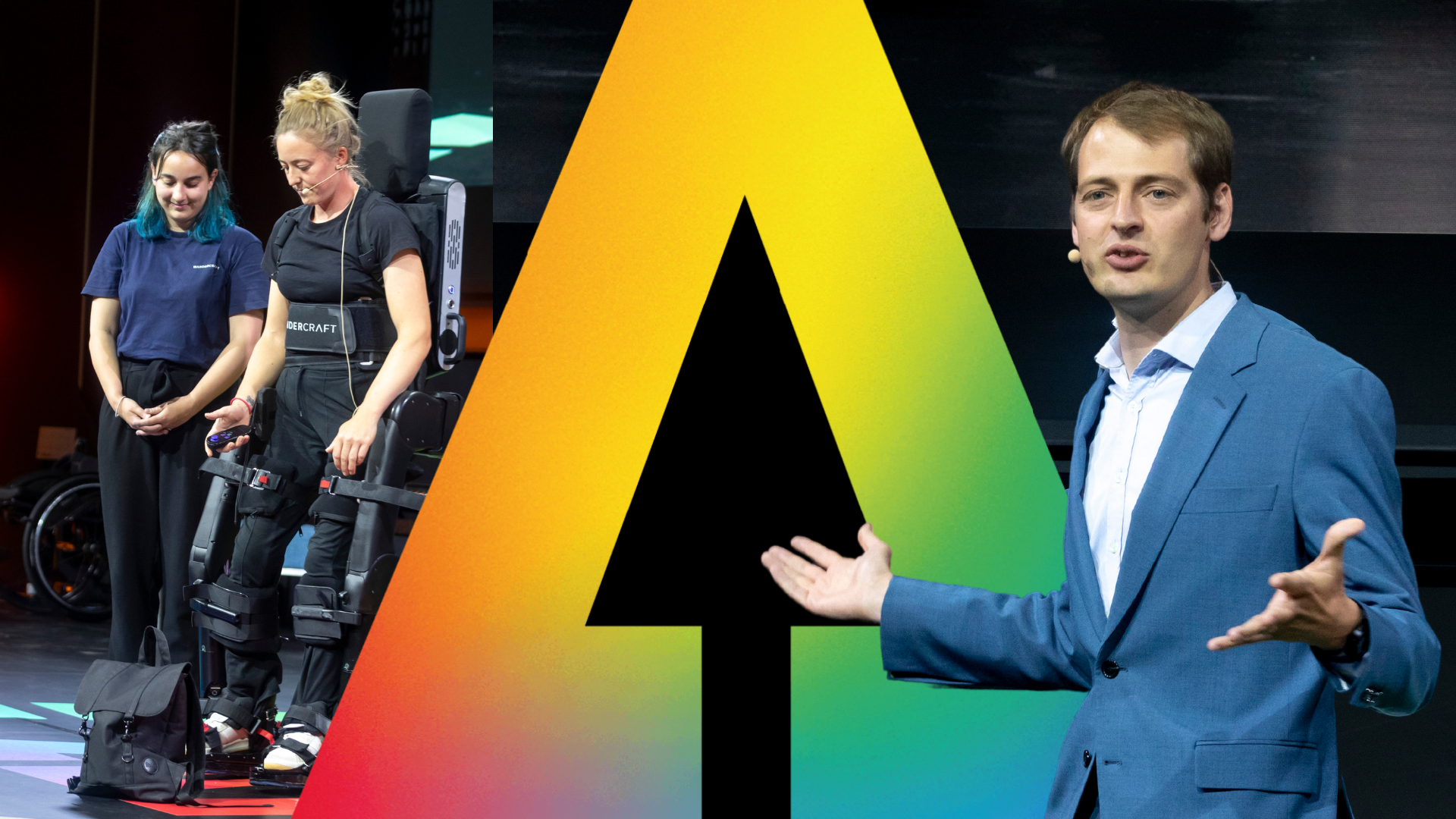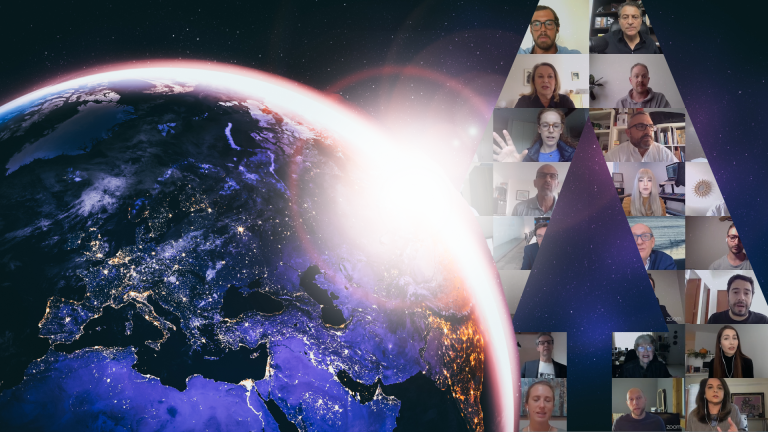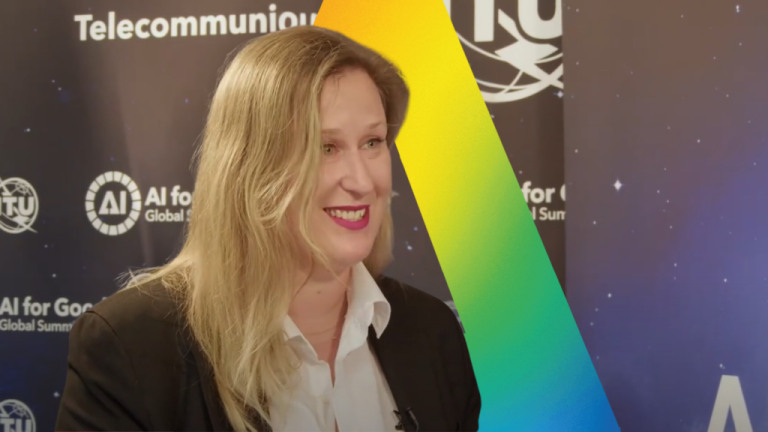Empowering Movement: The Future of AI-Driven Exoskeleton Technology
At the AI for Good Global Summit 2024, an extraordinary event unfolded, showcasing the future of mobility through cutting-edge AI-driven exoskeletons. Nicolas Simon, the Founder and President of Wandercraft, alongside professional wheelchair tennis player Charlotte Fairbank, mesmerized the audience with their engaging presentation and live demonstration, highlighting the remarkable advancements in exoskeleton technology. The summit emphasized the impactful progress being made in harnessing artificial intelligence (AI) to enhance the lives of those with mobility challenges.
A Visionary Beginning
Nicolas Simon, who established Wandercraft 12 years ago, was inspired by his family’s personal battles with a genetic condition that results in severe mobility problems. This emotional connection fueled his resolve to utilize technology for a greater purpose.
His vision centered around creating a revolutionary device capable of transforming the lives of wheelchair users, enabling them to reclaim their mobility and independence. Drawing inspiration from early robotic innovations, particularly Boston Dynamics’ dynamic robots, Simon recognized the potential to implement similar principles in human-assistive tech.
“I told myself, okay, so now we have the science to replicate the inner workings of an animal brain, and what I want to do with technology is to build a new device to help people in wheelchairs walk again,” Simon articulated.
A Decade of Innovation
Wandercraft has dedicated more than ten years to crafting an advanced exoskeleton that utilizes AI to mimic human movement. Featuring 12 degrees of freedom, 12 motors, and an array of sensors, this device calculates optimal motions to ensure stability. “We take all this information at 1,000 Hz per second to compute the optimal motion to keep the stability,” Simon elaborated. “It’s a very hard problem because even for a child, it takes one year to learn how to walk.”
The intricate nature of human walking—requiring continuous adjustments for balance and movement—is emulated in the exoskeleton via advanced algorithms and AI. The design resembles the lower half of a humanoid robot, replete with an extensive sensor suite, including ground sensors, inertial sensors, and position sensors, ensuring safe and fluid movement for the user.
Their inaugural product, Atalante, launched in 2019, has already facilitated rehabilitation for over 2,000 patients, supporting them in relearning to walk following strokes.
“The end goal was always to build the device for people to be able to take them home, to use it in their home environment or in the streets, to go into a park with their friends,” Simon underscored.
Charlotte Fairbank’s Journey
Charlotte Fairbank, who has been a wheelchair user for 16 years due to a severe accident, shared her inspiring experience with Wandercraft’s exoskeleton. “Wandercraft has enabled me to walk again,” Fairbank expressed, highlighting the transformative impact of the technology. During the summit, she captivated the audience by demonstrating her ability to walk across the stage with the exoskeleton. “The exoskeleton is controlled by a remote and a motion sensor that detects my initial movements, my intentions really,” she explained.
Fairbank’s journey with Wandercraft commenced in August 2022 when she began using their rehabilitation device, which not only reinstated her ability to walk but significantly enhanced her overall quality of life.
“For the first time in 16 years, I can walk across a main stage,” Fairbank declared, a statement that resonated profoundly with everyone present.
Her demonstration included skillful transitions between various modes and speeds, showcasing the exoskeleton’s adaptability and user-friendly nature.
The Future of AI in Mobility
The fusion of advanced AI with machine learning is ushering in an era of even more sophisticated capabilities for exoskeletons.
“It’s like you’re able to replicate the performance of the human brain. So, whatever you are able to do with your body, the machine can do it,” Simon explained. “For example, we have new algorithms that can handle slopes, stairs, and we’re also integrating vision sensors into the device.”
This relentless innovation is vital for adapting to complex environments and enhancing the user experience. The improvements in AI allow the exoskeleton to process vast amounts of data in real-time, enabling immediate adjustments for balance and movement. This feature is essential for users in diverse terrains, ensuring safe and confident navigation. The impending inclusion of vision sensors will further augment the device’s capability to interact with its environment, adding another level of safety and functionality.
Accessibility and Impact
A key achievement in widening access to this technology was realized when Medicare announced it would cover personal exoskeletons starting April 2024. “It’s a complex machine, and it has a cost, but Medicare decided to cover personal exoskeletons,” Simon disclosed. “This means that in the US, 70% of individuals with spinal cord injuries will have access to such a device.”
This landmark decision by Medicare represents an essential stride towards ensuring that transformative technologies are not only available but also affordable for those in need. The coverage will alleviate significant financial burdens, allowing users to experience the benefits of the exoskeleton without exorbitant costs. Simon expressed optimism that other nations, including France, would adopt a similar approach, further enhancing access to this groundbreaking technology.
Scaling Production
Wandercraft’s vision goes beyond technological innovation; they are committed to making these life-altering devices broadly accessible. By increasing production volume, they aim to significantly lower costs.
“In the end, it’s only like 12 electric motors, so there’s no reason that the cost cannot decrease,” Simon asserted. “For instance, it’s 10 times lighter than a car, 10 times fewer components, so there’s no reason it cannot be 10 times less expensive than a car.”
Scaling production represents a strategic effort to meet the soaring demand for exoskeletons. With millions of potential beneficiaries globally, large-scale manufacturing will be pivotal in making these advancements more affordable. The economies of scale can effectively drive down prices, expanding access to a broader audience.
The AI for Good Global Summit was more than just a showcase of technology; it was a powerful narrative of human impact. With visionaries like Nicolas Simon and inspiring users like Charlotte Fairbank, the future of mobility holds incredible promise. As AI advances, so does its potential to change lives and bring the dream of independent mobility closer to millions around the world.
Simon’s closing remarks captured the essence of hope and innovation driving Wandercraft’s mission. “For us, AI is really about empowering people. The science, the technology—I’m a staunch believer in progress and science, and this is a prime example of what we can achieve when we harness technology effectively.”






